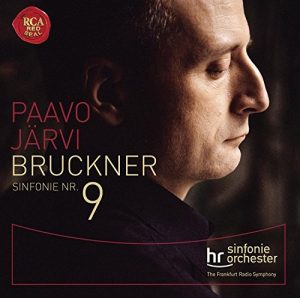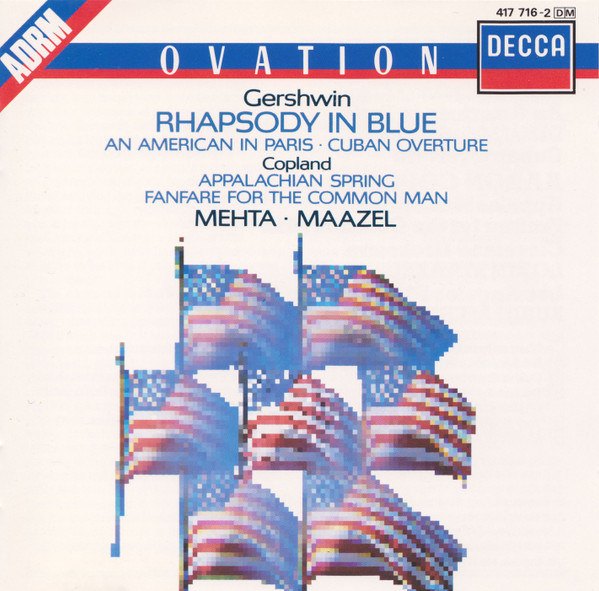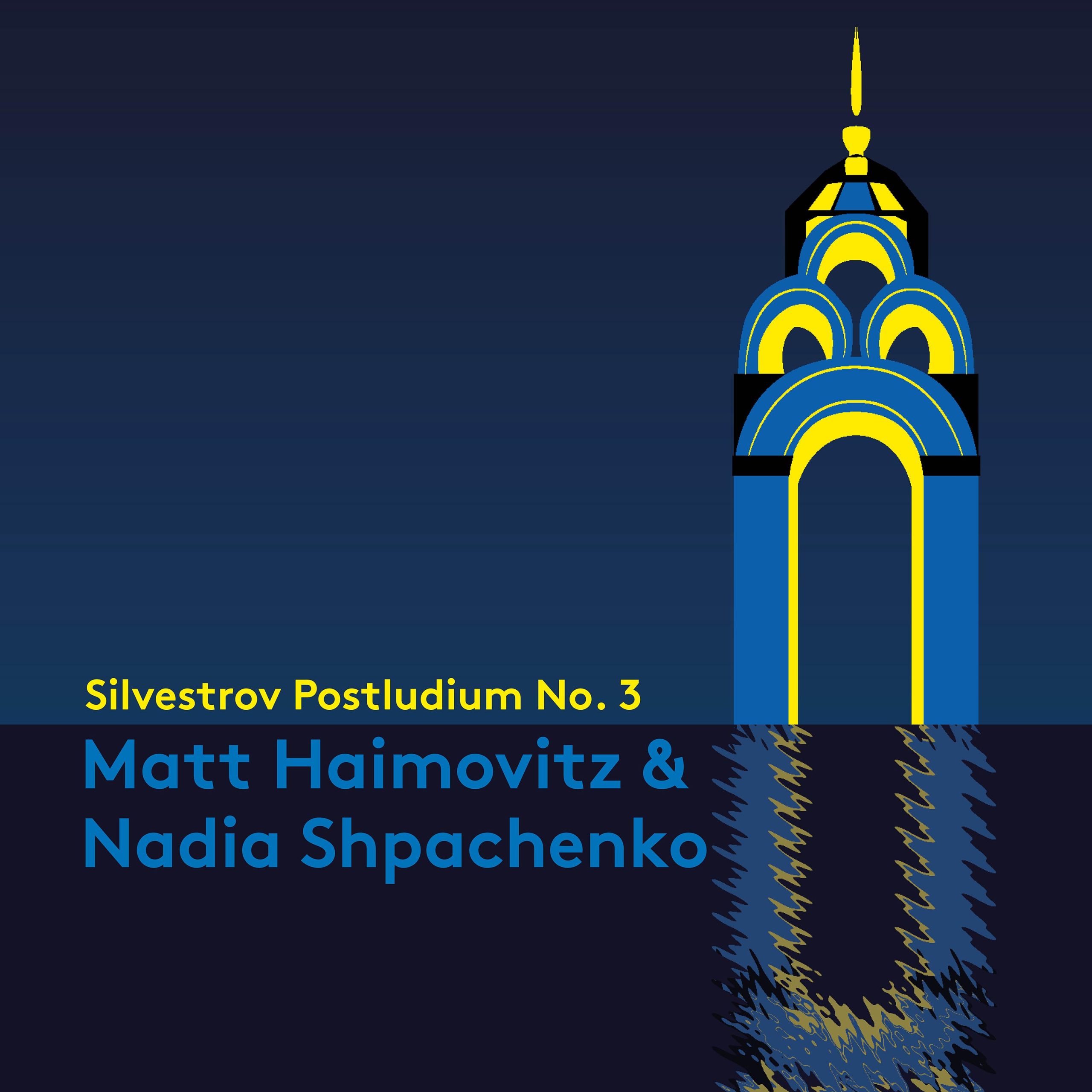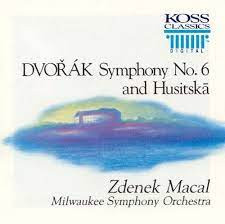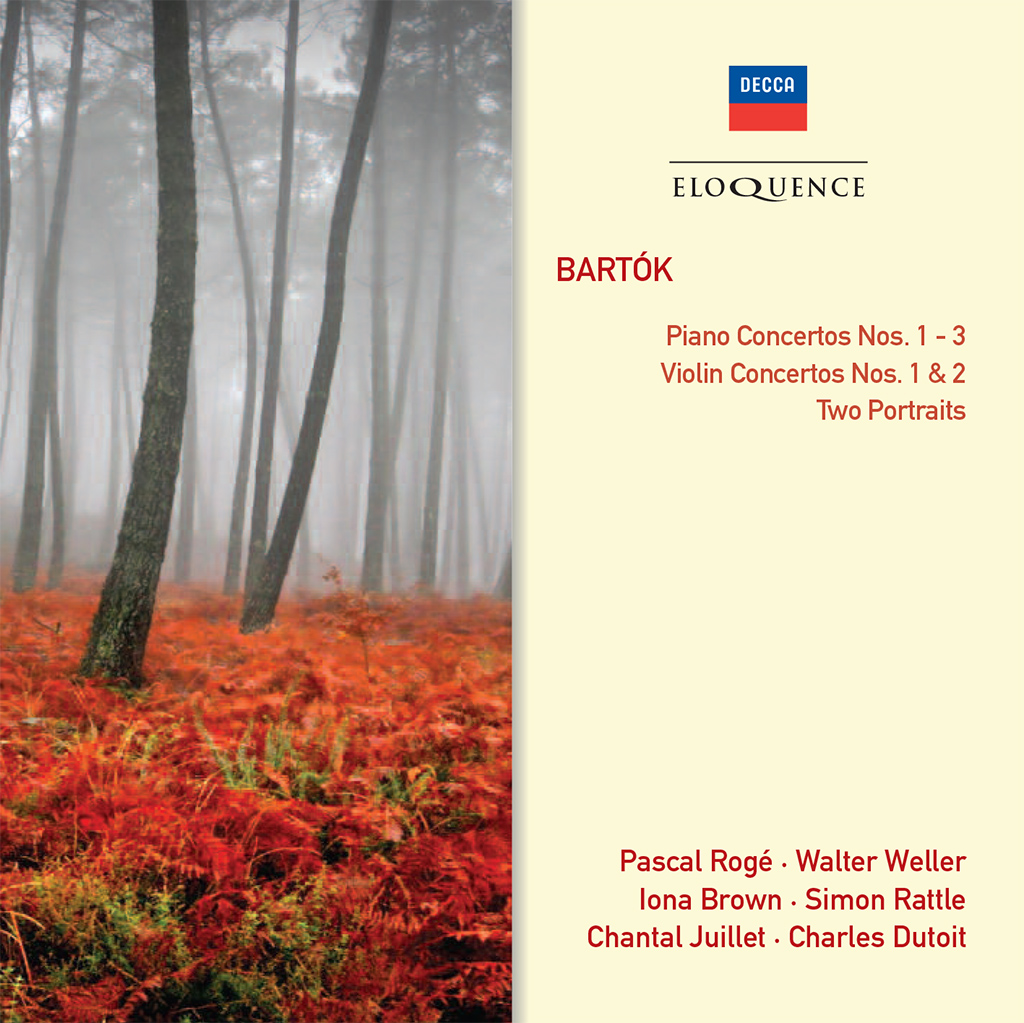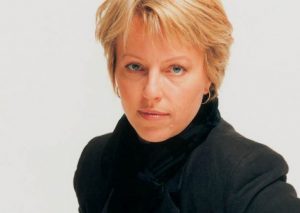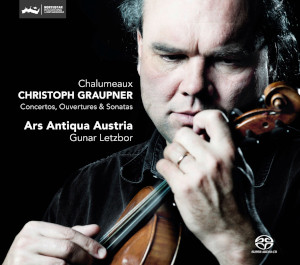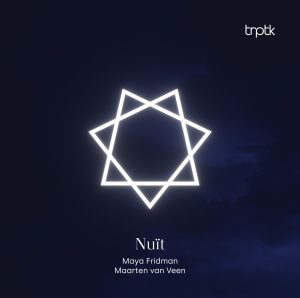Paavo Järvi conducts Bruckner's Ninth. BRUCKNER: Symphony No. 9 in D minor. Frankfurt Radio Symphony Orchestra/Paavo Järvi. RCA Red Seal 88697542572. TT: 65.39
The notion of Bruckner's music as thick and heavy persists in some circles, but the earliest recorded evidence from the composer's prominent exponents—think Furtwängler, Klemperer, Horenstein —belies the stereotype. Those conductors projected the music in full, firmly grounded sonorities, but also took care to maintain a lyrical flow. It was, rather, the following generation that lost the music's flow and sense of direction, rendering it turgid. More recently, the pendulum has swung the other way: plenty of "horizontal" flow without the necessary "vertical" weight, at the cost of the music's stature.
From the start, Paavo Järvi restores the correct balance of elements. The horns launch the vaulting opening theme with bold attack; round, full-throated tone; and solemn breadth. The second theme isn't really Langsamer as requested, but the second violins have enough time to shape their moving figures, and the passage provides greater uplift. There are some lovely details, like the exploratory, full-bodied wind soli at 7.45, followed by the breathtakingly clean, soft-edged launch of the third theme. The martial passage at 16.19 isn't quite piano, but retains its menacing undercurrent as it builds to a full-throated climax. The chorales at 23.57 move forthrightly and effectively in tempo, without the traditional unmarked slowdown, while the ensuing passage at 24.37 is deliberate, unsettled rather than overtly agitated.
The Scherzo feels unusually swift, but not because of the tempo as such: Järvi keeps the textures light and the rhythms buoyant, the better to set off the ominous, hammering tuttis. The rolling Trio actually feels more like a conventional scherzo; its aspirational second theme—which, with its bubbling woodwinds, always suggests "space" music to me—sounds especially fervent here.
The form of the Adagio has always eluded me. It isn't a sonata movement—remember, it wasn't planned as a finale—neither does it conform to the patterns of Bruckner's earlier slow movements. In Järvi's mobile yet spacious treatment, it finally makes sense: two distinct, expansive theme-groups, each recapitulated in spirit if not literally, followed by an extended coda. The conductor shapes the movement's long transitions with purpose, and he weights the various modulations so they register structurally, as well as emotionally. The passage at 20.04, beautifully balanced as it is, feels prematurely valedictory; on the other hand, the feint at 23.37, where a quiet passage replaces the expected outburst, is unusually effective. As things wind down, it's nice to hear the violins' "ticking" eighth-notes (25.07) treated as a melodic, expressive element, though the conductor fusses a bit with them.
On the minus side, Järvi's emphasis on flow occasionally leads to ensemble slippages in the tuttis: the brass chorales are tight and clean, but the inner parts don't always line up quite right along the way. My notes also indicate quite a number of smudged landings and attacks, suggesting perhaps some mild but pervasive uncertainty about the conductor's beat.
The booklet does list this as a "live recording" (what other kind is there?), but perhaps it was a broadcast: I heard no sign of an audience save for a single cough at 18.59 of the Adagio, which could as easily have come from within the orchestra. The reproduction is full-bodied, with a more pronounced stereo separation than usual; and, under headphones, you can hear Järvi grunting here and there.
Stephen Francis Vasta is Principal Conductor of Lighthouse Opera in New York (lighthouseopera.org)




